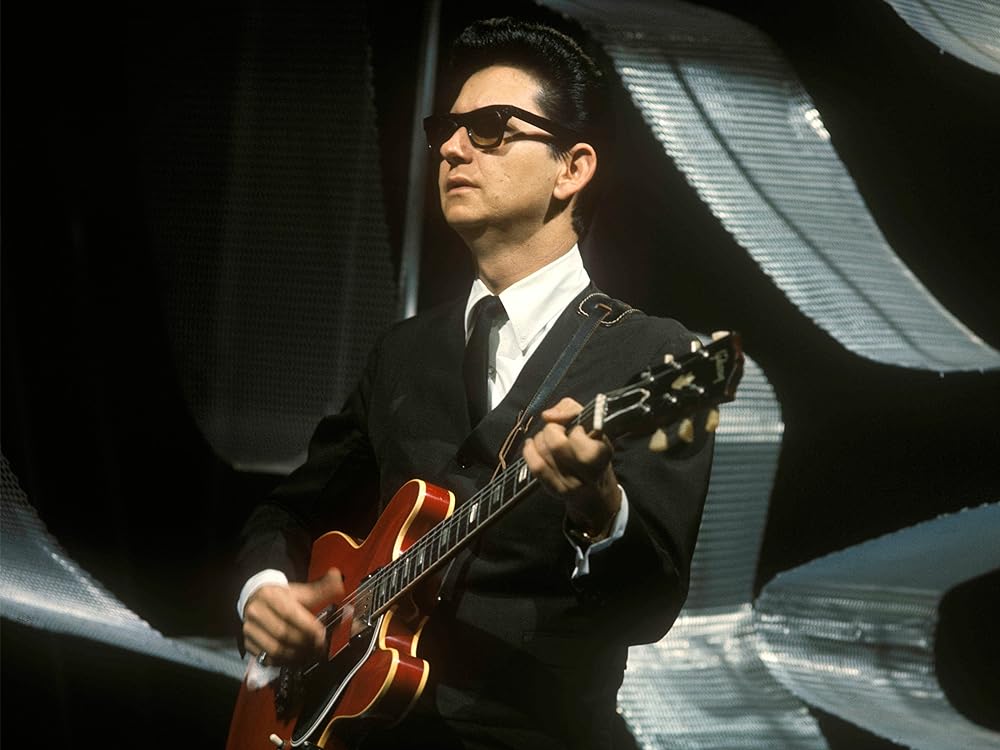
All I Have to Do Is Dream: A Symphonic Ballad of Unwavering Love
In the realm of popular music, there exist songs that transcend time and genre, weaving their way into the very fabric of our collective consciousness. Roy Orbison’s All I Have to Do Is Dream stands as a prime exemplar of this enduring artistry. Released in 1963, this symphonic ballad has captivated audiences for generations, its poignant lyrics and soaring melodies painting an indelible portrait of love’s transformative power.
Orbison, a true visionary in the world of rock and roll, imbues All I Have to Do Is Dream with an emotional depth that few artists can rival. His voice, a potent blend of vulnerability and strength, soars over a lush orchestral arrangement, creating an atmosphere of both intimacy and grandeur. As he croons the song’s unforgettable lines, “All I have to do is dream, and you’re there with me,” Orbison transports listeners to a realm where love conquers all, where dreams and reality intertwine in a tapestry of pure bliss.
The song’s lyrics, penned by the esteemed songwriting duo of Boudleaux and Felice Bryant, are as evocative as Orbison’s vocals. They paint vivid imagery of lovers gazing into each other’s eyes, their hearts overflowing with a love that knows no bounds. The Bryants’ words capture the essence of youthful infatuation, that intoxicating blend of hope, passion, and innocence that defines the early stages of love’s journey.
All I Have to Do Is Dream is more than just a love song; it is an anthem for dreamers, a testament to the power of imagination to transform our realities. In a world that often seems harsh and unforgiving, Orbison’s song offers a beacon of hope, reminding us that even in the darkest of times, love and dreams can provide solace and inspiration.
The song’s enduring popularity is a testament to its universal appeal. It has been covered by countless artists across genres, from Elvis Presley and The Beatles to Bruce Springsteen and Björk, each imbuing the song with their unique interpretation. Yet, at its core, All I Have to Do Is Dream remains true to its original spirit, a timeless ballad that speaks to the hearts of all who yearn for love’s transformative power.
As the final notes of All I Have to Do Is Dream fade, we are left with a lingering sense of hope and possibility. Orbison’s voice has painted a sonic landscape of love’s triumph, reminding us that even in the face of adversity, the power of dreams and the strength of love can carry us through.